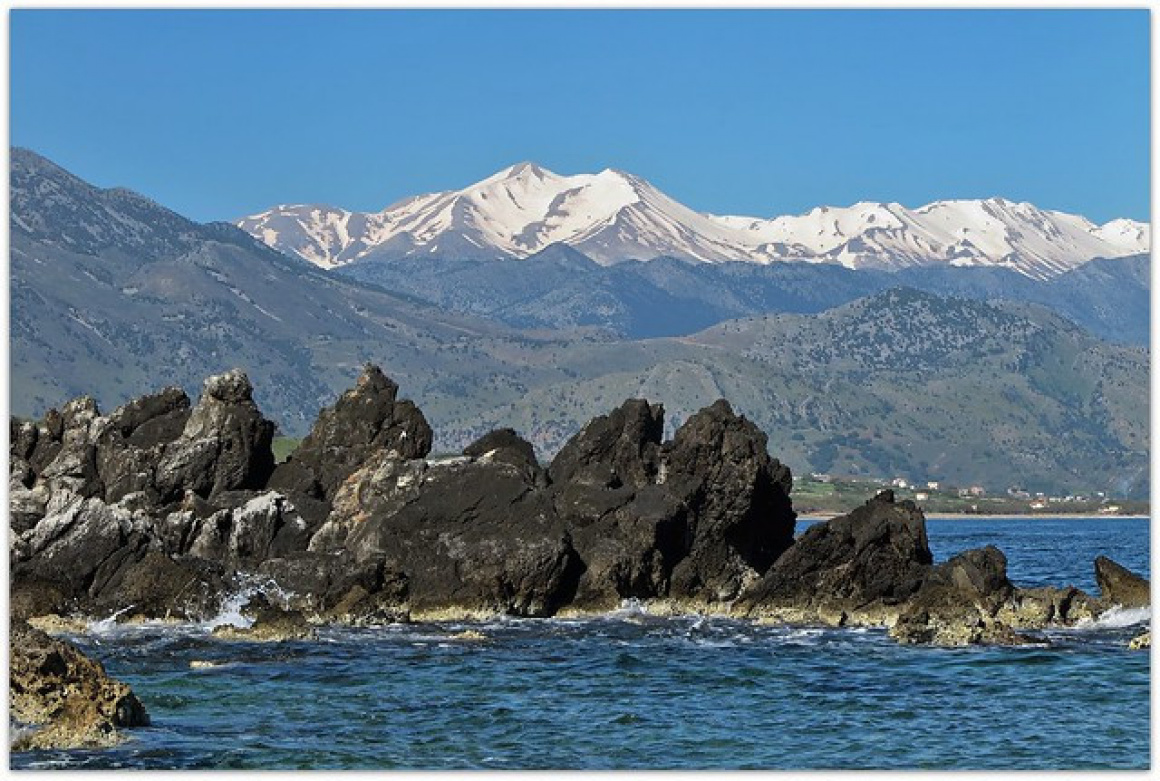Crete's mountains are the spine and soul of the island – rugged limestone peaks shrouded in myth, history, and adventure. They dominate the skyline from every corner of Crete, their craggy summits often wreathed in clouds or capped with snow well into spring. It was on these heights that legends were born: Mount Ida (Psiloritis), Crete's highest at 2,456 metres, was revered as the realm where Zeus was raised by nymphs in a sacred cave. And on Mount Dikti, another majestic range, Zeus was said to have been born in the depths of a cavern dripping with stalactites. To journey into Crete's mountains is to step into a living tapestry where mythology meets living tradition amidst breathtaking landscapes.
Myth and Majesty of the Peaks
Both Mount Ida and the White Mountains (Lefka Ori) have been sacred since antiquity. In Greek myth, the infant Zeus was hidden in the Ideon Cave on Psiloritis, his cries masked by warriors clashing their shields. The very name “Ida” resonates with ancient Mother Goddess worship. These peaks are not only high in altitude but high in symbolism. As you wind up narrow roads, you may encounter tiny roadside shrines and chapels precariously perched on slopes – a nod to the divine presence locals still feel in these heights. The mountains here are limestone giants riddled with caves and gorges. Psiloritis alone contains hundreds of ancient sanctuaries and later rebel hideouts. In the White Mountains of western Crete, hidden plateaus and sinkholes create a lunar, otherworldly landscape – in fact, some parts remain so remote that wild kri-kri goats roam undisturbed on the crags.
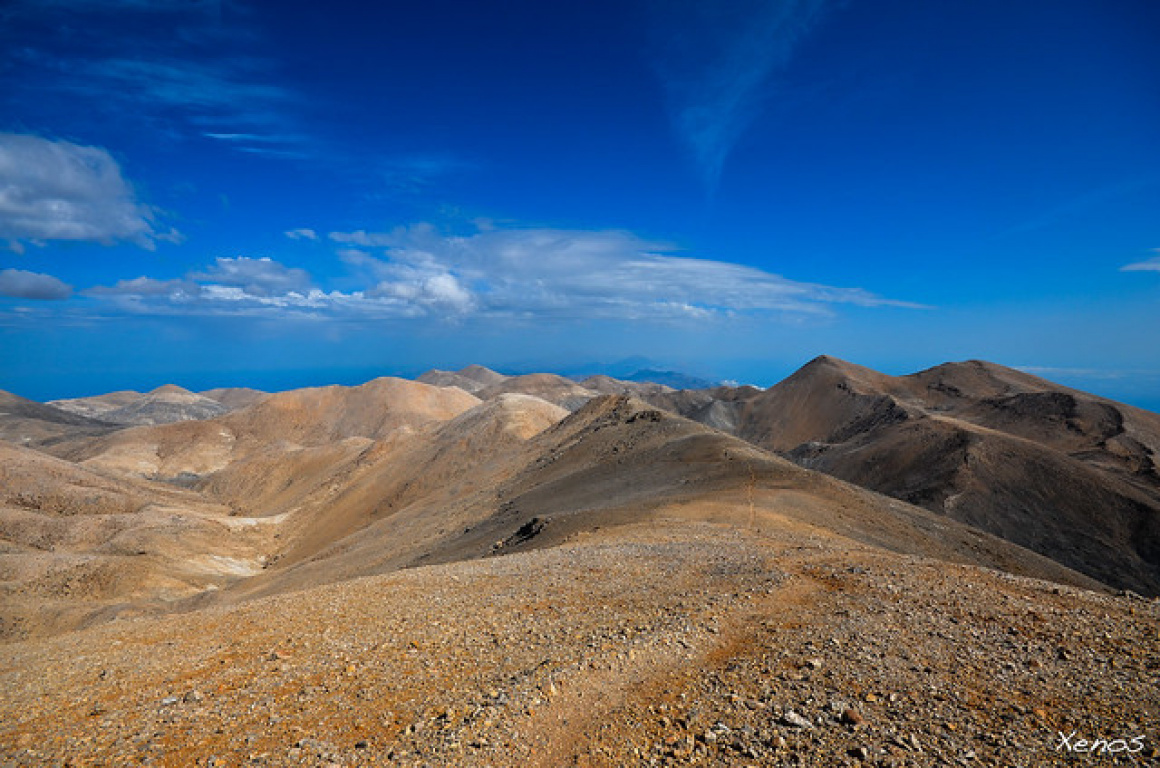
 'Lefka Ori, Kreta' - Attribution: Uwe Niederberger
'Lefka Ori, Kreta' - Attribution: Uwe NiederbergerMountain Life and History
Crete's mountains have nurtured a fiercely independent spirit among locals. Isolated villages like Anógia and Zarós are renowned for their hospitality and philoxenia (friendliness to strangers) as much as for their defiance of invaders. In Ottoman times and during World War II, locals took to the highlands to organise resistance. Mountain villages such as Anogeia on Psiloritis became strongholds of rebellion – so much so that they were razed multiple times in reprisal. Anogeia's residents, “backed by the mountainous terrain, have a long tradition of resisting foreign rule and sheltering rebel fighters”. Walking through its stone-paved alleys today, you might hear proud mantinades (Cretan folk couplets) recounting heroic deeds. In these high hamlets, traditions survive intact. Men in stivania boots still herd goats on precipitous slopes, women weave on wooden looms, and the sound of the lyra (Cretan fiddle) echoes during village festivals.
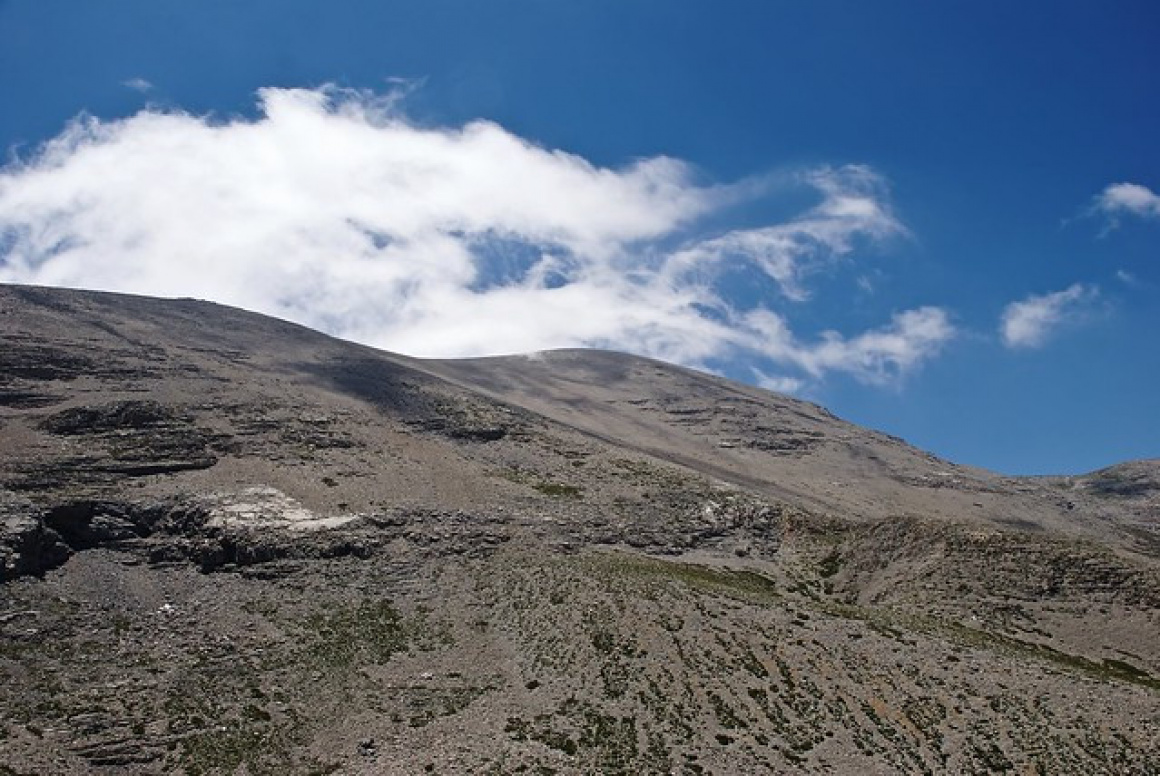
 'Psiloritis 1' - Attribution: sovichjl
'Psiloritis 1' - Attribution: sovichjlOutdoor Adventures in the High Country
For the modern traveller, Crete's mountains offer endless adventure. Hikers will find a paradise of trails, from gentle walks between stone shepherd huts to challenging summits. The European E4 trail traverses Crete east to west, zigzagging over mountain passes and down dramatic gorges. A crown jewel is hiking Samaria Gorge in the White Mountains – at 16 km, it's often called the longest gorge in Europe. Starting at Omalos Plateau (1,230m) and descending to the Libyan Sea, Samaria's sheer cliffs and shaded riverbeds make for an unforgettable five-hour trek. On Psiloritis, a popular (and spiritual) hike is up to Timios Stavros chapel at the summit, where hikers often leave a small offering or ring the bell in triumph. Climbing before dawn and watching sunrise from Crete's highest peak is a transcendent experience, with the island aglow beneath you.
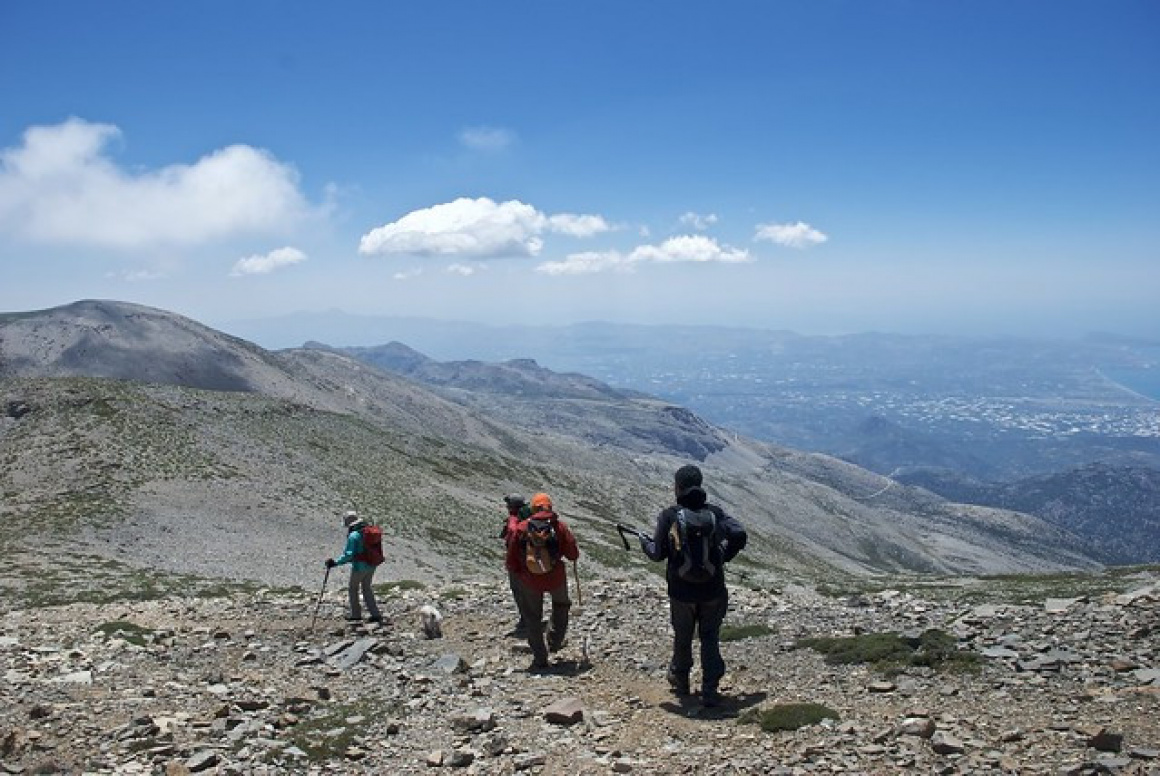
 'Psiloritis 2' - Attribution: sovichjl
'Psiloritis 2' - Attribution: sovichjlAside from hiking, the mountains host thrilling canyoning and rock-climbing opportunities. The Tsoutsouros Gorge in Asterousia Mountains challenges canyoners with rappels beside waterfalls, while climbers test their skills on the limestone crags around Kapetaniana. In winter, when snow blankets the higher peaks, locals even ski or snowboard in makeshift fashion on the slopes of Psiloritis and the White Mountains – a little-known side of Crete! Springtime is especially magical: alpine meadows above 1,500m burst into bloom with rare endemic flowers found nowhere else (the Cretan tulip and wild orchid species hide in these heights). Birdwatchers come seeking griffon vultures riding thermals around the cliffs, or the elusive lammergeier (bearded vulture) that nests in remote crags.
Driving through the mountains is an adventure in itself. Winding roads like the route up to Zoniana or Kandanos twist through dramatic gorges and past panoramic viewpoints. Don't be surprised to round a bend and find a herd of shaggy goats blocking the way, bells jingling – in Crete, the goats have right of way! You can rent a 4x4 and follow dirt tracks to high plateaus such as Nída (below Ideon Cave) where shepherds live in summer stone huts called mitata, making cheese by hand. They might invite you to taste fresh graviera cheese or a smoky shot of raki spirit as you share stories despite language barriers. These serendipitous encounters are the essence of Cretan mountain travel.
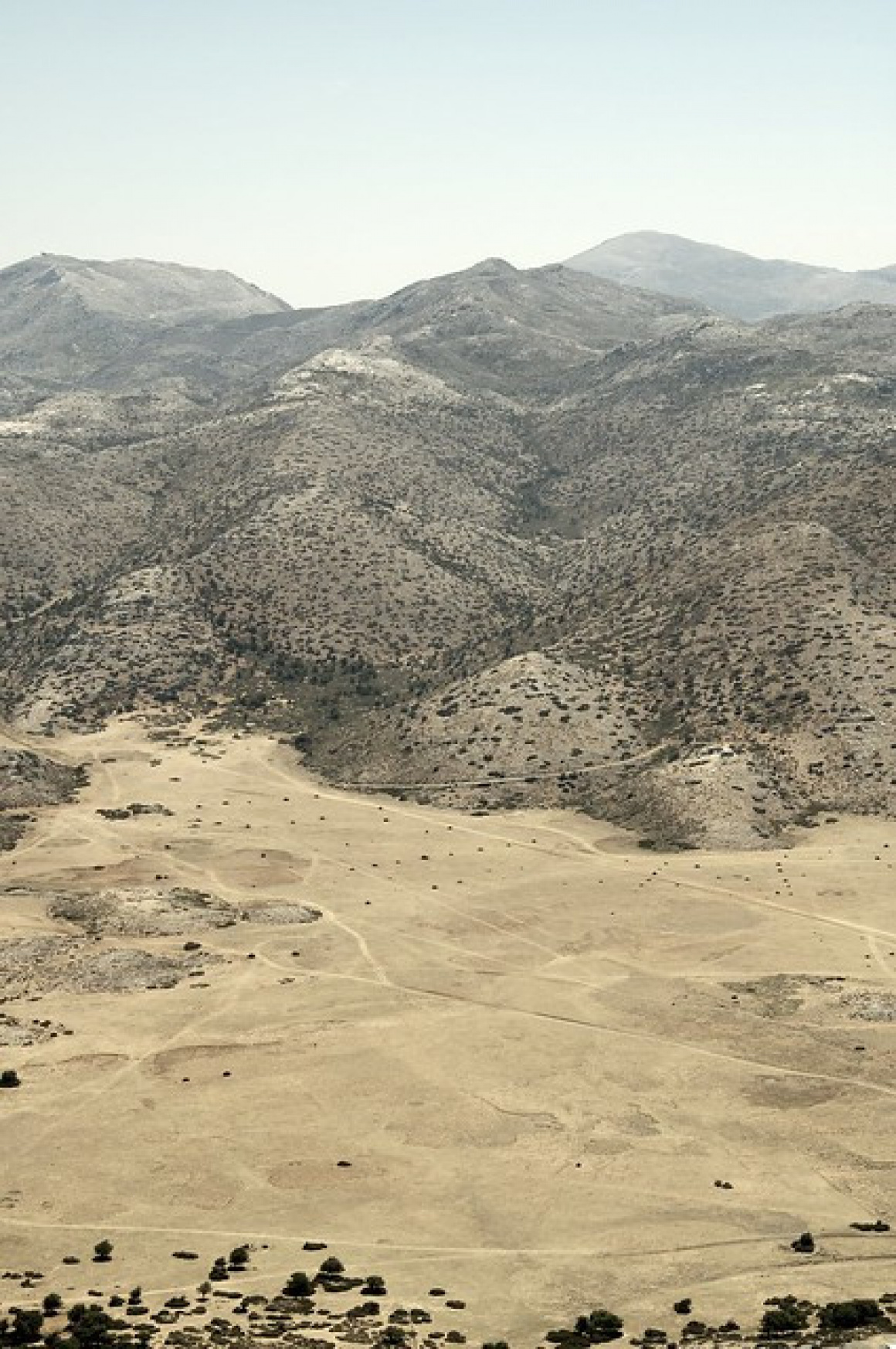
 'Crete from Psiloritis' - Attribution: Borja Santacruz Fabregues
'Crete from Psiloritis' - Attribution: Borja Santacruz FabreguesPractical Tips for Visiting the Mountains
Venturing into Crete's highlands requires a bit of preparation but rewards you with rich experiences. Here are some tips:
When to Go: Late spring and autumn are ideal. In May-June, wildflowers carpet the slopes and weather is mild. Autumn (September-October) offers stable weather and fewer crowds. In mid-summer, start hikes very early to avoid the midday heat, and always carry plenty of water. Winters are cold and often snowy above 1,500m – beautiful but requiring proper gear.
Safety: Weather can change quickly in the peaks. Even if it's hot on the coast, bring layers and a windbreaker – mountain evenings get chilly. Sturdy hiking boots are essential for rocky terrain, and a walking stick can aid on steep descents. Many trails are unshaded, so a hat, sunscreen, and at least 2 litres of water per person are must-haves. Mobile signal may be weak in deep gorges or remote valleys, so don't rely solely on phone navigation – carry a map or downloaded offline trail maps.
Respect Local Life: Mountain villages welcome visitors warmly. It's polite to greet locals with a smile or a “Yassas” (hello) as you pass. If you're invited for a coffee or meal, consider it a special honour – Cretan hospitality means they likely won't let you pay. In tiny chapel sites you might visit, dress modestly (carry a light scarf to cover shoulders/legs if needed). And always, take any trash with you to keep these pristine areas clean.
Driving: Mountain roads can be narrow with hairpin turns. Drive slowly and cautiously, use pull-outs to let locals pass, and enjoy the journey rather than rushing. Keep an eye out for wandering goats and sheep. Renting a car gives great freedom, but if you're not comfortable with cliff-edge roads, consider joining an organised jeep safari tour into the mountains. These tours often combine scenic off-road drives with visits to shepherd camps or cave chapels.
Where to Stay in the Mountains
Though many travellers base along the coast, spending a night or two in the mountains reveals a different side of Crete. You'll find traditional guesthouses in upland villages that offer cosy comfort and stunning views. In Psiloritis's foothills, for instance, Anógia has family-run inns where you can savour home-cooked meals (think slow-cooked goat and mountain greens) and enjoy impromptu lyra music by the fireplace. In the White Mountains region, consider staying in Omalos (near the head of Samaria Gorge) – there are a couple of simple lodges here catering to hikers, letting you start the Samaria trek at dawn before day-trippers arrive.
Over in eastern Crete, the Lasithi Plateau has agritourism guesthouses converted from old farmhouses, where you wake to rooster crows and milk fresh goats for breakfast cheese.
Insider tip: If you plan to tackle a popular gorge like Samaria or Imbros Gorge, consider staying the night before in a nearby village (Omalos for Samaria, or Imbros village for the Imbros Gorge hike). This way you can start early and enjoy the solitude of the morning. After a long day's hike, nothing beats coming back to a hot meal of Cretan stew and a comfortable bed in the crisp mountain air. By immersing yourself in the mountains overnight, you'll gain a deeper appreciation for the timeless rhythm of life in Crete's highlands – a world apart from the bustling beaches, and one that many visitors say becomes the most cherished memory of their trip.
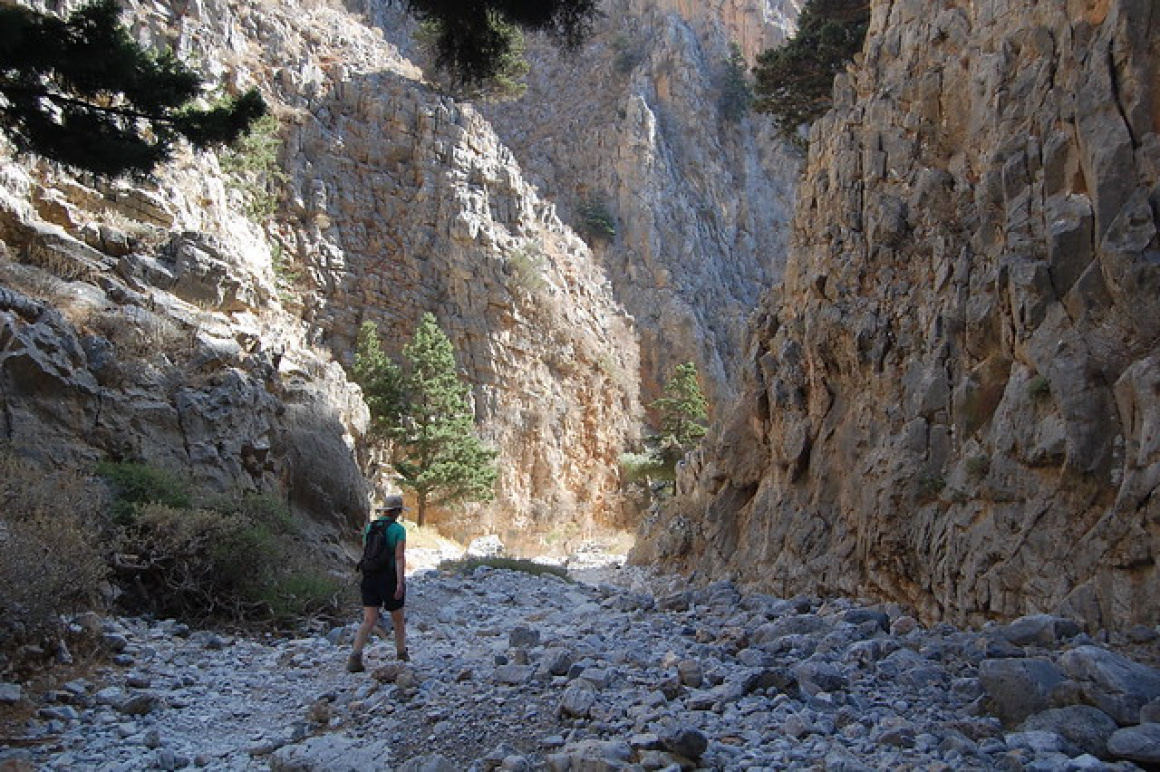
 '2013 10 13_crete_0065' - Attribution: Pete McClymont
'2013 10 13_crete_0065' - Attribution: Pete McClymont

